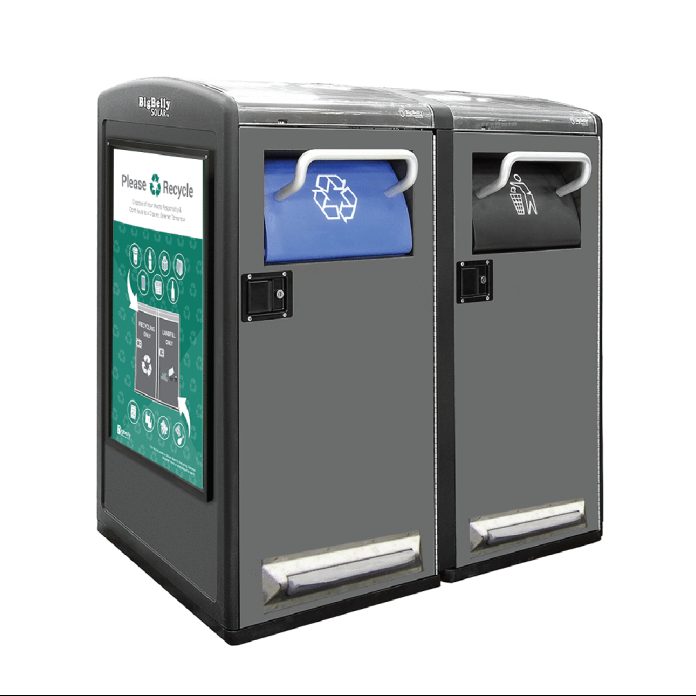LTE for IoT was the subject of a panel discussion that was part of 151 Advisors’ App-solutely IoT conference at Mobile World Congress Americas. The conference focuses on end user applications for IoT technology, and the LTE panel focused primarily on ways that cellular networks are creating new opportunities for companies that may not have considered IoT before.
Panelist Bill Kramer, at AT&T veteran who is now VP for advanced technology adoption at KORE Wireless, said the IoT landscape is shifting. While higher categories of LTE still comprise the bulk of his company’s business, low-power LTE is generating the most interest among customers. KORE Wireless partners with wireless carriers and satellite service providers to offer customers a global IoT network service. Kramer said that LTE Category M1, often called LTE M, is the technology that is generating the most interest from potential customers.
LTE M modems use just 1.4 megahertz of bandwidth and are able to power down for long periods before reconnecting to the network, which means batteries can last for years. Companies can purchase connectivity modules for less than $10 each.
Panelist Joel Young, CTO at module maker Digi International, and Dermot O’Shea, co-CEO of antenna maker Taoglas, agreed that LTE M is driving demand for IoT solutions. O’Shea said he sees interest from existing clients who want to migrate from 2G networks to LTE M, as well as from brand new customers who are interested in IoT for the first time.
Young said two things that continue to hold some companies back are security concerns and the carrier certification process. He recommended pre-certified connectivity modules as the fastest way for manufacturers to get their devices certified for carrier networks. He also said companies that want to connect equipment or assets to the internet need to be sure they enable secure boot for their firmware to make it harder for untrusted parties to access.
All the panelists agreed that prices have down to a level that makes connectivity affordable for a wide range of companies. In addition to inexpensive modules, carriers are offering very affordable data plans. AT&T charges $20 – $25 for a gigabyte of data, but gives customers up to a year to use the data. Verizon charges customers each month but offers IoT data in increments as low as $2 per month for 200 kilobytes of data. T-Mobile US offers unlimited IoT data for $25 per year per device, or up to 5MB of data per month for $20 per year per device in the first year and just $6 per year per device afterwards. T-Mobile also throws in a bill credit for a Sequans LTE Category 1 module. (Category 1 LTE is the predecessor to LTE M, and currently has more deployments than LTE M.)
The next iteration of LTE for IoT will be narrowband IoT (NB-IoT), which uses just 200 kilohertz of bandwidth, but does not support voice or mobility. T-Mobile US plans to launch North America’s first NB-IoT network in Las Vegas next year, and has said it will deploy the technology throughout its network next year. NB-IoT is likely to bring even lower prices for data and modules.
“If your business case for IoT doesn’t make sense now, it never will,” said O’Shea. “The prices we’re seeing are amazing.”
Some companies migrating away from 2G to LTE M could see their data costs go down. But of course not all 2G customers will move to LTE M; LTE for IoT can also mean 4G. Those that want to send large amounts of data at frequent intervals, or control devices in the field, are likely to consider 4G with the option to upgrade to 5G when it becomes available.

